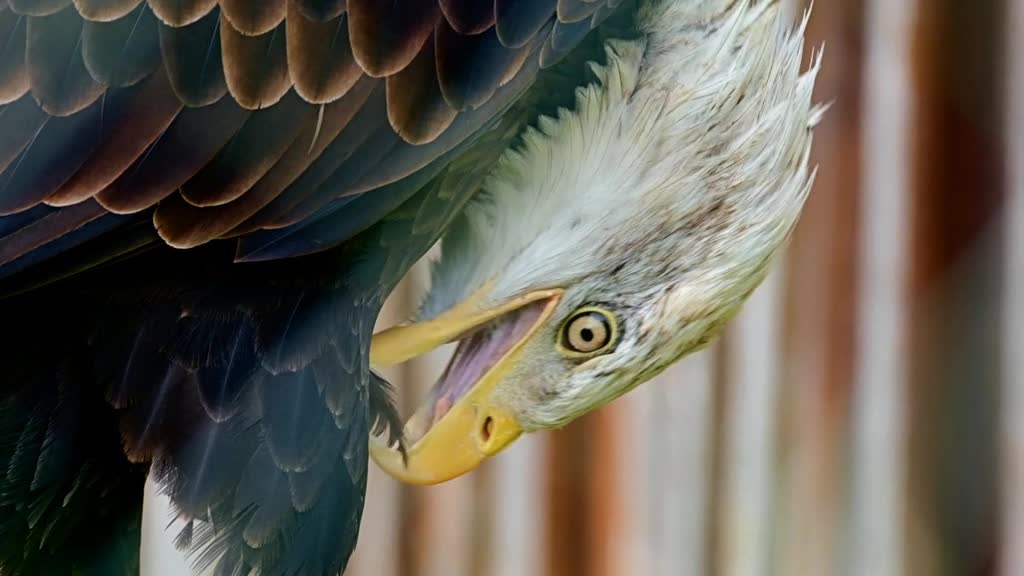Premium Only Content

AVES (Birds)
Birds are warm-blooded, vertebrate animals that walk, jump, or stand only on their hind limbs, while their forelimbs have evolved into wings which, like many other unique anatomical features, allow them, in most cases fly, although not all fly. They have a body covered with feathers and, in birds sensu stricto, a horny beak without teeth. To reproduce, they lay eggs that they incubate until they hatch.
Its taxonomic group is called class Aves (the word is Latin and is in the plural, in the singular it would be avis) for classical systematics, but in current phylogenetic systematics this clade has no rank, and is successively included within the clades: Theropoda, Dinosauria, Archosauria, Sauropsida, Tetrapoda, etc., although there are more named intermediate nestings.
Birds originated from bipedal carnivorous dinosaurs of the Jurassic, between one hundred and fifty and two hundred million years ago, and, in fact, they are the only dinosaurs that survived the mass extinction produced at the end of the Mesozoic. Therefore, warm blood, which is the most notable characteristic that they share with mammals, is a result of convergent evolution, since there is no common ancestor of both groups that had this trait. Its evolution gave rise, after a strong radiation, to the more than ten thousand current species (plus 153 extinct in historical times). Birds are the most diverse tetrapods; however, they have a great morphological homogeneity compared to mammals. The kinship relationships of bird families cannot always be defined by morphology, but with DNA analysis they began to become clear.
Birds inhabit all terrestrial biomes and also all oceans. Its size can be from 6.4 cm in the zunzuncito hummingbird to 2.74 meters in the ostrich. The behaviors are diverse and remarkable, as in nesting, feeding of young, migrations, mating and the tendency to associate in groups. Communication between birds is variable and can involve visual cues, calls, and songs. Some emit a great diversity of sounds and stand out for their intelligence and their ability to transmit cultural knowledge to new generations.
Human beings have had an intense relationship with birds. In the human economy, poultry and game birds are sources of food. Songbirds and parrots are popular as pets. The down of domesticated ducks and geese is used to stuff pillows, and many birds were hunted to adorn hats with their feathers. Bird guano is used in soil fertilization. Some birds are revered or shunned for religious reasons, superstition, or misguided prejudice. Many are cultural symbols and frequent reference for art. In the last five hundred years, more than one hundred and fifty species have become extinct as a result of human activities and, currently, there are more than one thousand two hundred species of threatened birds that need efforts for their conservation.
-
 1:15:13
1:15:13
Winston Marshall
2 hours agoWhy White Women Are WOKE & The Awkward TRUTH about Ethno-Nationalism
22K10 -
 15:29
15:29
T-SPLY
5 hours agoDemocrats Have Started To Turn On One Another For New Leadership
24.6K11 -
 47:49
47:49
The Officer Tatum
3 hours agoLIVE: NOBODY REGRETS Voting Trump, Pastor Ricky Floyd's Death, Kyrie Irving WOKE Rant + MORE | EP 85
31.7K14 -
 3:16:44
3:16:44
Right Side Broadcasting Network
4 hours agoLIVE REPLAY: President Trump Meets with U.S. Ambassadors and More from the White House - 3/25/25
69.1K27 -
 33:45
33:45
Stephen Gardner
2 hours ago🔥BREAKING: Dems use PETE HEGSETH mistake to ATTACK TRUMP!
25.3K19 -
 13:24
13:24
Talk Nerdy Sports - The Ultimate Sports Betting Podcast
2 hours ago3/25/25 - 7 Picks You Can’t Fade – NBA, NHL & Soccer Locks
16.8K -

Scammer Payback
4 hours agoCalling Scammers Live
45.6K4 -
![[Ep 635] Signal: Accidental, Intentional, or Dem Set-Up? | Jasmine Crockett: Unhinged Lunatic!](https://1a-1791.com/video/fww1/cf/s8/1/q/-/l/w/q-lwy.0kob-small-Ep-635-Signal-Accidental-In.jpg) 1:40:19
1:40:19
The Nunn Report - w/ Dan Nunn
3 hours ago[Ep 635] Signal: Accidental, Intentional, or Dem Set-Up? | Jasmine Crockett: Unhinged Lunatic!
4.65K1 -
 51:24
51:24
The White House
4 hours agoPresident Trump Stops by Meeting with U.S. Ambassadors
29.7K11 -
 1:31:23
1:31:23
Russell Brand
5 hours agoTrump War Plans "Accidentally" LEAKED On Signal, BACKFIRES On Fake Media! – SF554
189K68